n its essence, watchmaking is sustainable. Like the luxury sector as a whole, it is defined by scarcity, and therefore by economical use of materials, and longevity, as opposed to “disposable” consumption. This is undeniably an asset. However, there is a structural flaw connected with the origins of the resources used, and how sales margins are distributed.
As Céline Dassonville, founder and CEO of Ethiwork, a Paris-based consultancy promoting positive environmental and social change, points out: “The birth certificate of many watch and luxury products really happens at the mine. The impact on the land, biodiversity and local populations cannot be underestimated. Similarly, the CO2 (or equivalent) emissions of the entire production chain must be taken into account.”
-

- Céline Dassonville, CEO, Ethiwork
A recent WWF study on “The Impact of Gold” points to the enormous impact of watchmaking and jewellery on gold consumption and production. Indeed, of the global demand for the precious metal of 4,800 tonnes (2019 figures), these two related sectors account for between 46% and 53% of total global demand for gold (between 2,100 and 2,400 tonnes out of 4,500 tonnes, in 2019). Add to this the 100,000 tonnes of tailings produced to extract one tonne of the precious metal, as well as the 12,500 tonnes of CO2 emissions required to produce that same tonne of gold, and the sector’s responsibility is clear.
Of the global annual demand for gold of some 4,800 tonnes, the watch and jewellery industry accounts for about half, between 2,100 and 2,400 tonnes.
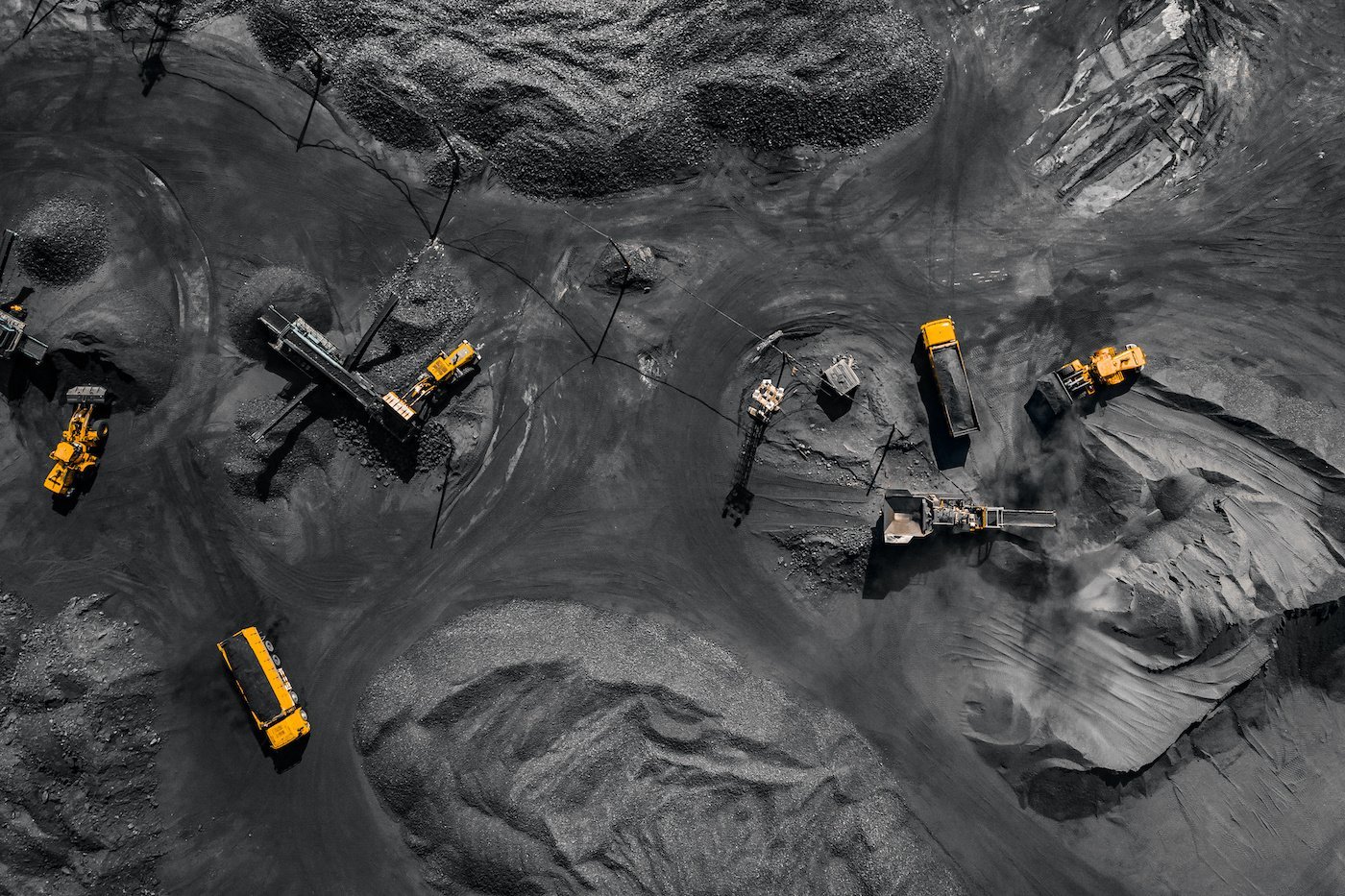
Lack of transparency
And that’s without counting mercury pollution of the soil and water, the negative impact on flora and fauna, the destruction of forests and their fragile ecosystems. Gold production generates 42% of the world’s mercury pollution, compared to 21% for coal combustion and 10% for cement production!
The human impact is also far from negligible. The production sector employs between 10 and 15 million workers, and more than 100 million people overall depend on the activity (including large, small and artisanal enterprises).
Some might argue that only 2.6% of the 15.7 million watches exported from Switzerland are made of precious metals. But this represents 35.4% of the 21.2 billion francs of export value (FH figures from 2021). This shows the importance of precious metals for the revenues of the Swiss watch industry. It also confirms the responsibility of the sector.
Finally, the WWF study points to another worrying fact: the flagrant lack of transparency in the supply chain. Again, this is something the whole sector will have to work on.
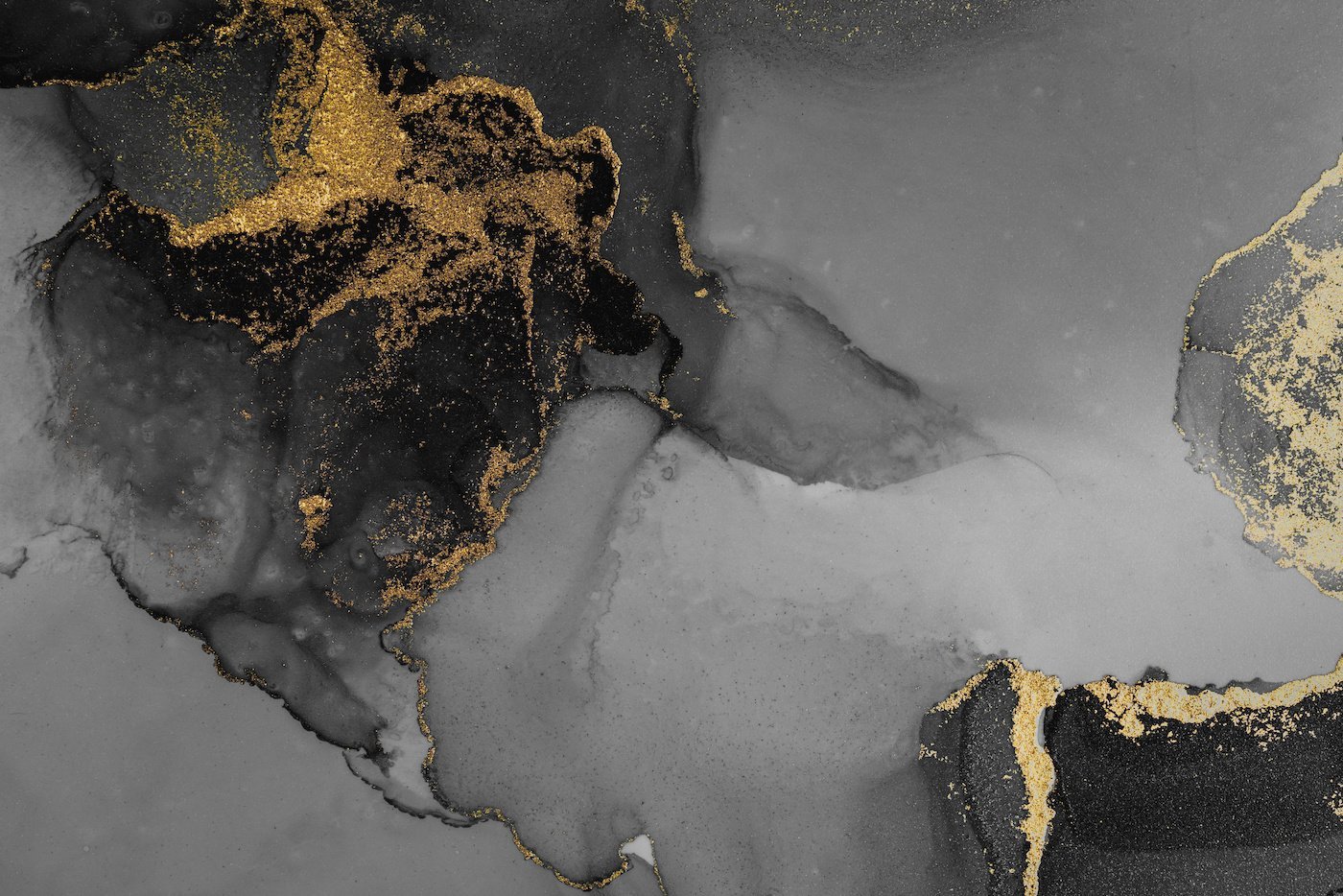
Unparalleled strength for action
But it’s not all negative. The watch industry also possesses some significant assets, which could allow it to tackle the problem comprehensively. It produces durable objects that can be passed on from generation to generation. No programmed obsolescence here. Since December 2020, watchmaking know-how and art mechanics have been included by UNESCO on the Representative List of the Intangible Cultural Heritage of Humanity.
Watchmaking has the opportunity to evoke a world of passion and dreams. This gives it immense power and influence, which it could use to promote a more equitable and responsible vision of consumption. The sector is tin a position to set an example and inspire action. And its comfortable margins give it the means to achieve its ambitions.
The sector is in a position where it can set an example and inspire action. And its comfortable margins give it the means to achieve its ambitions.
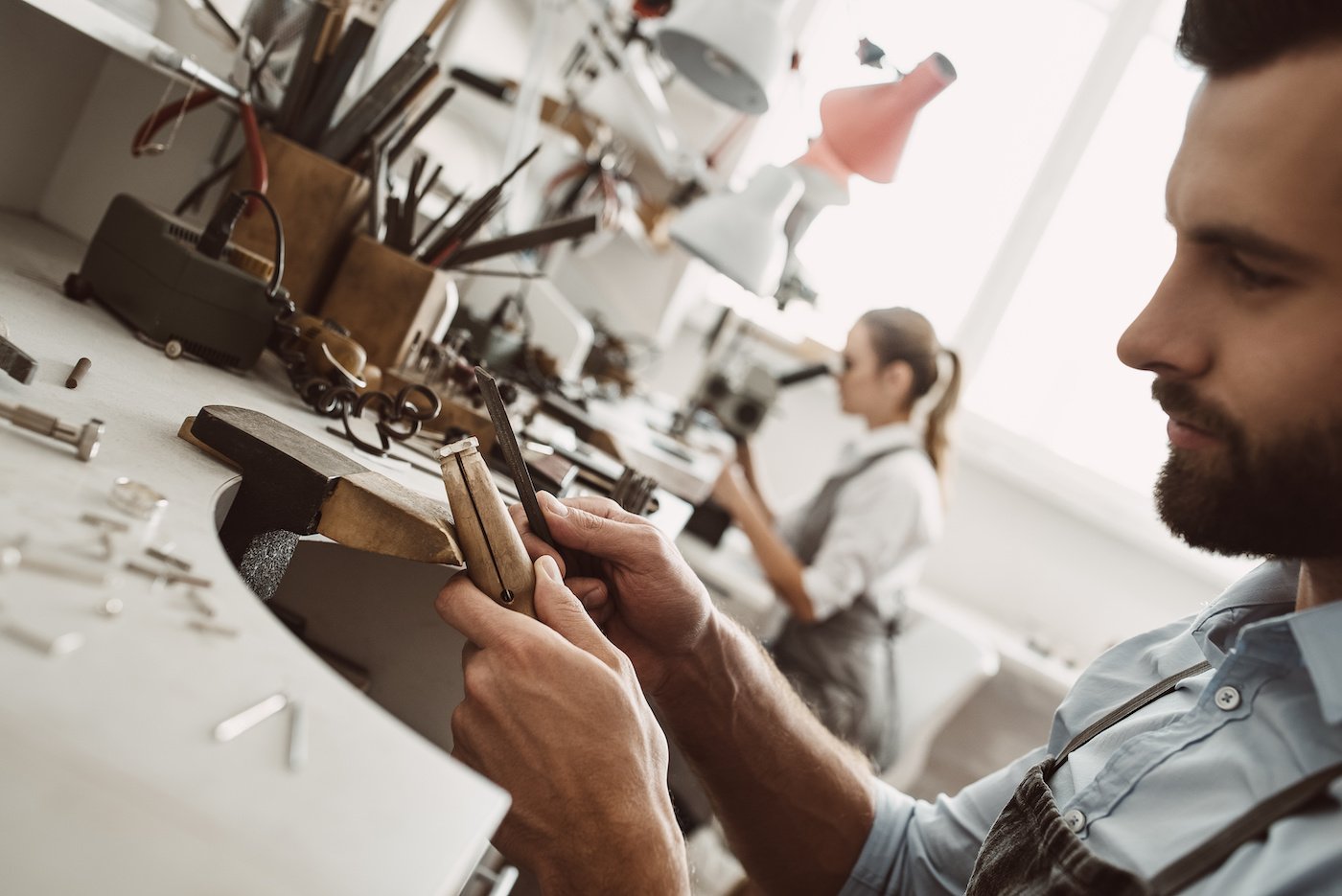
The limited impact of certification
Certifications aimed at guaranteeing responsible gold production send a strong signal, and their use is multiplying: Fairmined since 2009, Fairtrade since 1997, the Swiss Better Gold Association from 2013, the Responsible Gold Mining Principles launched in 2019 by the World Gold Council, and the Responsible Jewellery Council’s Chains of Custody of 2017 and Codes of Practice of 2019.
However, the quantities covered by these certifications remain very small: 8 tonnes for the SBGA since its creation, and 432 kilos for Fairmined in 2019! Fortunately, the use of recycled materials is gaining ground, accounting for 33% of gold supply over the last 10 years (World Gold Council 2021 figures) or 27% of the gold available in 2019. And recycling is one of the better ways to reduce the industry’s impact.
The quantities covered by certifications remain very small: 8 tonnes for the SBGA since its creation, and 432 kilos for Fairmined in 2019! Fortunately, the use of recycled materials is gaining ground.
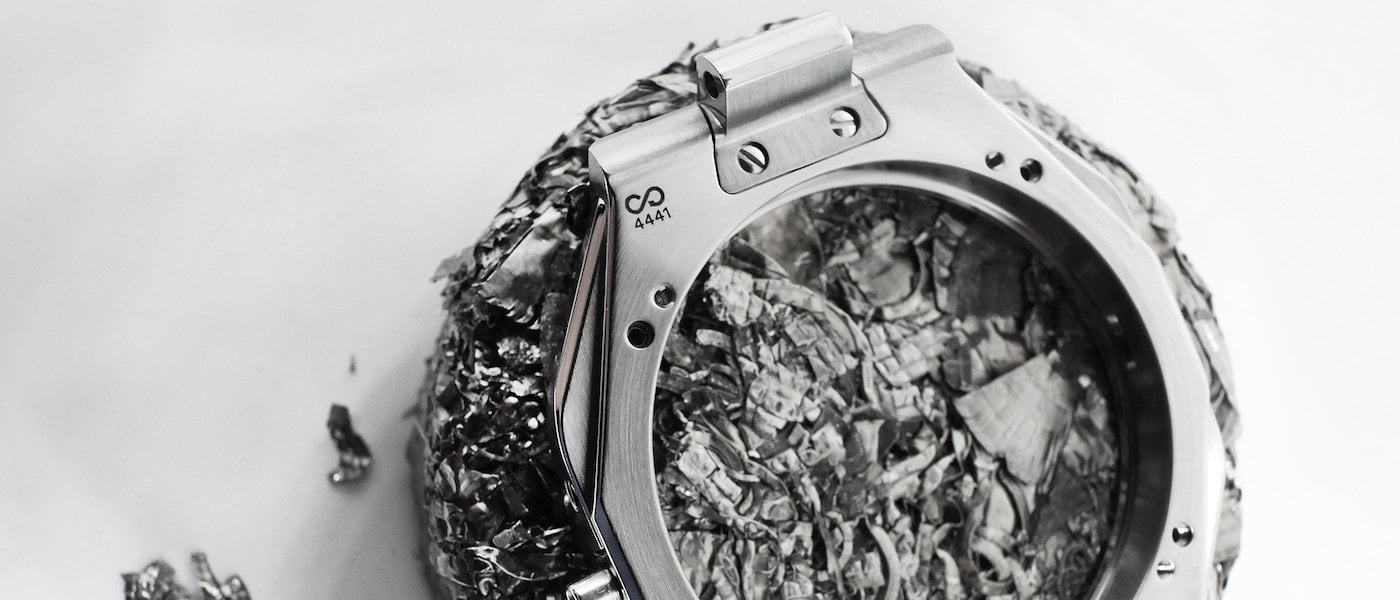
The many lives of watches
Another strongly developing area is the second-hand offer, which is helping to incorporate the notion of circularity into the industry’s value chain. All the major players in the sector have taken up the challenge and pre-owned platforms are flourishing.
The 2021 Deloitte study on Swiss watchmaking confirms this trend: “Pre-owned is becoming more professional. Brands see it as a market to reach a new audience. 65% of executives surveyed are implementing specific strategies for this market. The proportion of consumers likely to buy this type of product has increased by 11% compared to 2020.”
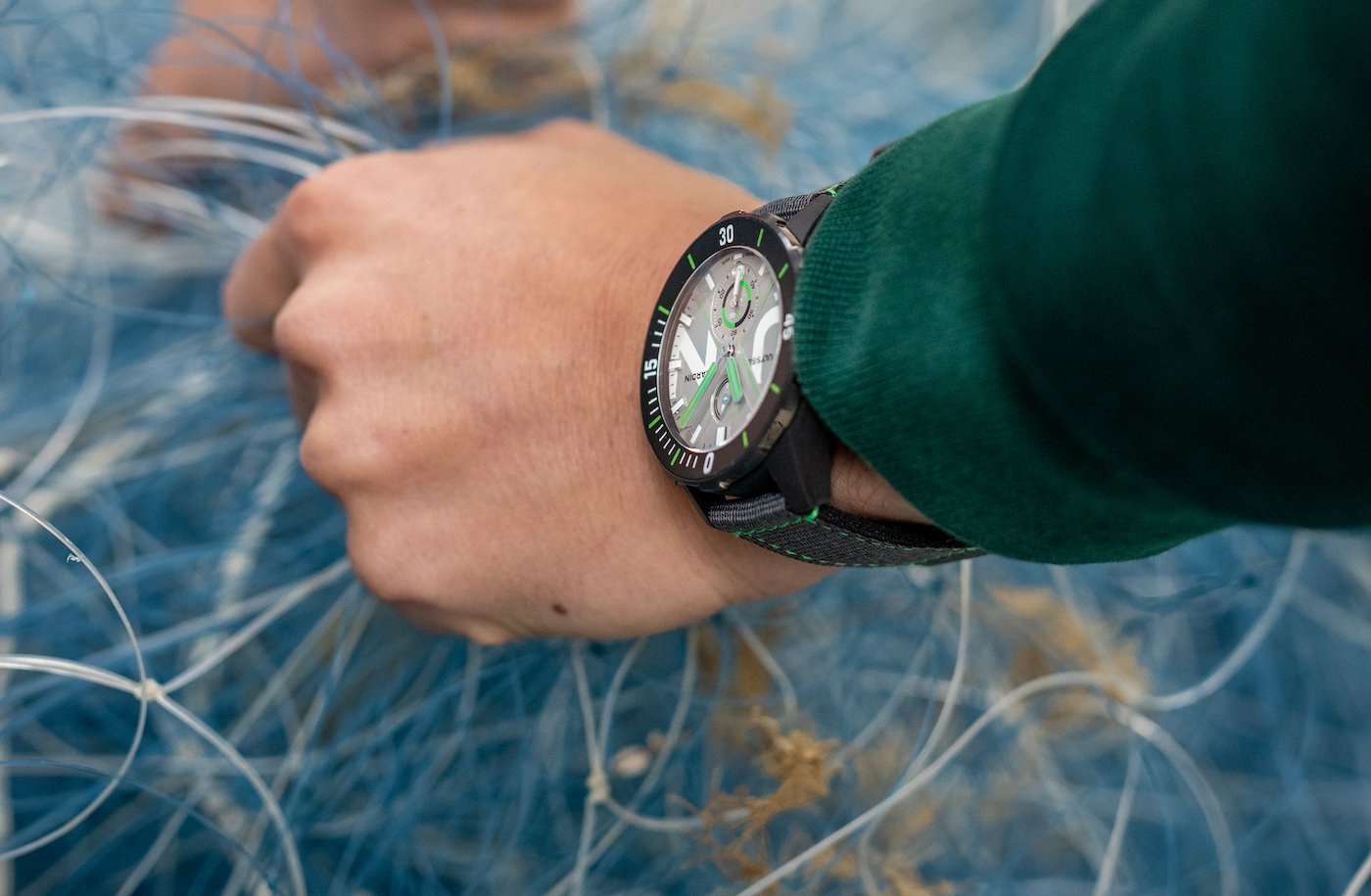
Future demand pressure
The industry is not wrong: the world and its consumers are changing. This creates constraints, but also opportunities. Customers are increasingly aware of the issues: 60% consider environmental responsibility in their purchasing decisions, with ethical sourcing and the environmental impact of materials deemed the most important aspects (Deloitte 2021).
This growing awareness offers a new lever to create value for brands, as well as driving increased consumer and employee engagement. Industry players have understood this, as proven by this statistic from the Deloitte 2021 study: 72% of brands are investing in sustainability to reduce their carbon footprint and meet consumer demand. For Céline Dassonville the logic is even much broader: “An object that measures time has an obligation to be part of a form of sustainability and to take into account the climate emergency.”
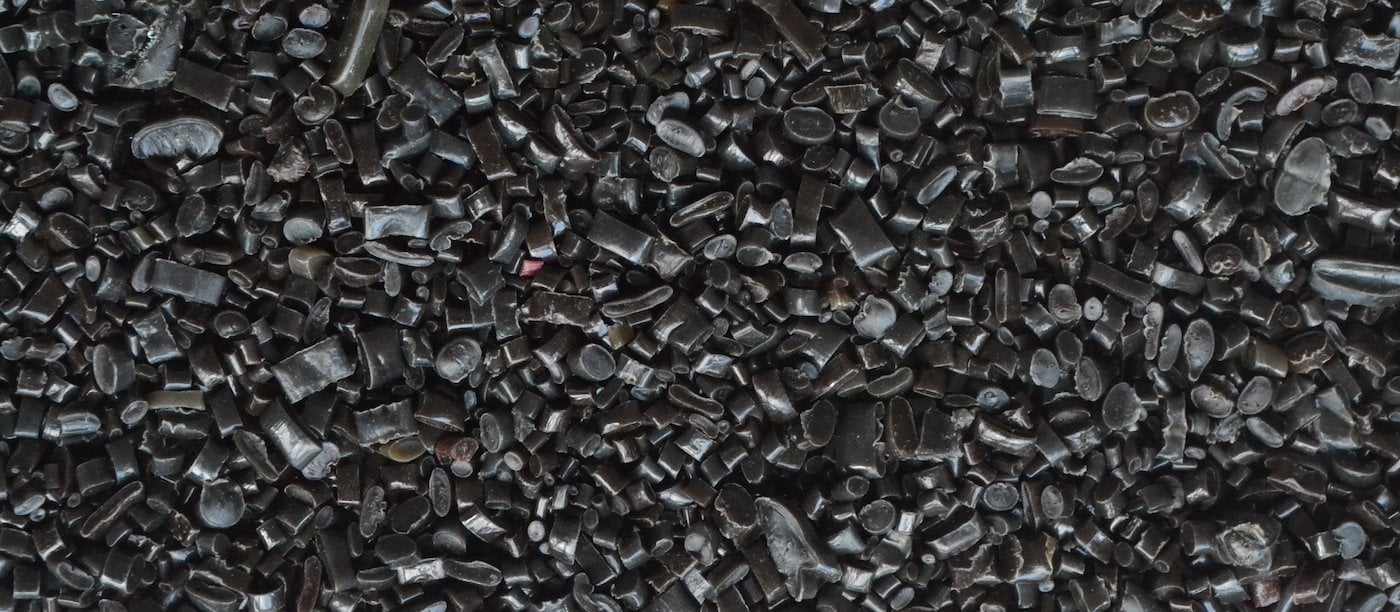
360° innovation
All these changes are also driving innovation to find suitable solutions. The introduction of new materials for watch straps and packaging is a concrete example. From recycled cardboard to mushroom “leather”, initiatives abound on all sides. Recycled gold, steel and platinum are being used in cases and movements. Collaborations with associations and NGOs working for the conservation of biodiversity are multiplying.
Céline Dassonville sees this as a starting point, but believes that the transformation must go even further: “It’s an entire circular business model that needs to be put in place in watchmaking. Not only with recycled materials, but also in terms of the extended life of products, through second hand, of course, through repairs and perhaps also through new modes of consumption, such as rental.”
From recycled cardboard to mushroom “leather”, initiatives abound on all sides. Recycled gold, steel and platinum are making their way into cases and movements.
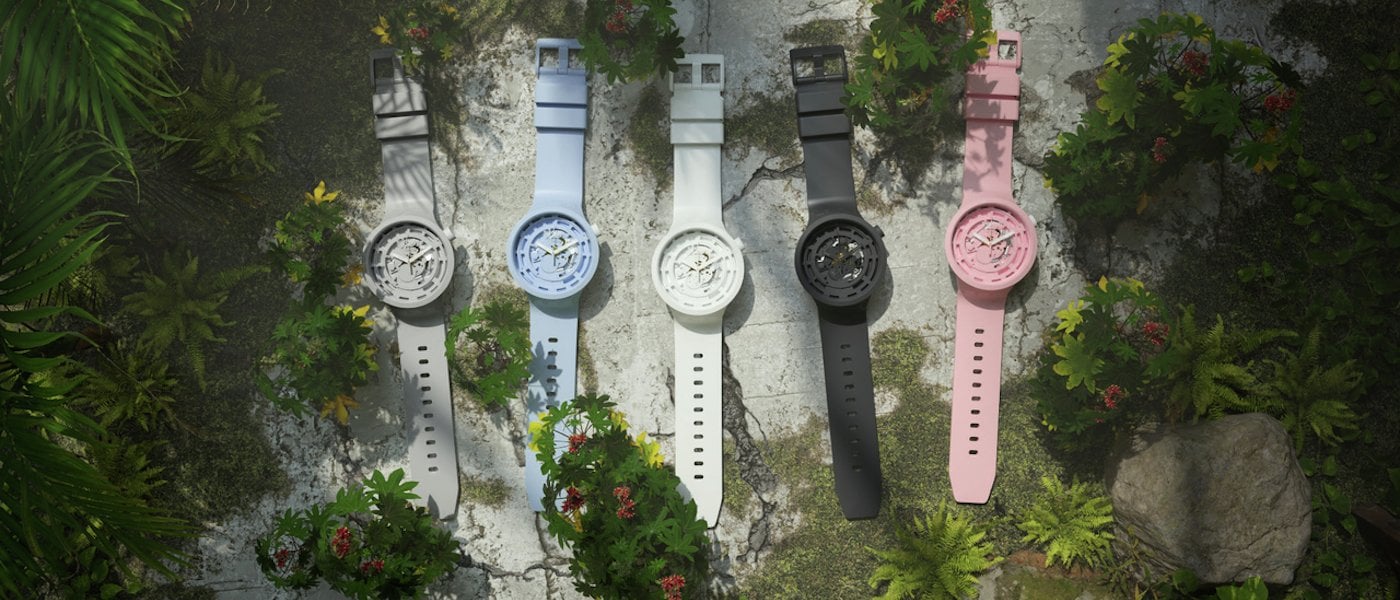
An initiative by the giants of the sector
The creation in October 2021 of the Watch & Jewellery Initiative 2030, launched by Cartier and Kering in partnership with the Responsible Jewellery Council, shows how seriously these concerns are being taken.
Iris Van der Veken, Executive Director of the Responsible Jewellery Council, shares her vision for the joint initiative: “The 2030 agenda is urgent and we believe that collectively we can build stronger partnerships to achieve the 17 UN Sustainable Development Goals. The mission is to unite the entire watch and jewellery community around ambitious goals and have brands collaborate on strategic projects that generate impact along the value chain. Agreeing on a common agenda will enable greater influence and transform the industry to become more eco-friendly. The status quo is no longer an option.”
-

- Iris Van der Veken, Executive Director of the Responsible Jewellery Council
The targets set are ambitious both for climate resilience, nature conservation and the inclusion of communities in value chains. Little by little, watchmaking companies are realising that all these investments in environmentally conscious watchmaking give even more meaning to the watch itself, well beyond its initial – now obsolete – function of measuring time, or its role as a social marker. In the long term, these actions will increase brand value, create deep bonds of trust with consumers, reduce production costs (which will inevitably be subject to increasingly strict regulations) and ensure the sustainability of the companies themselves.
Today, creating products that embody the traditional values of craftsmanship and a historical legacy may no longer be enough. From now on, for an object to be genuinely beautiful and meaningful, it will require an additional, essential dimension: that of safeguarding our environment and guaranteeing equitable economic relations. To avoid accusations of greenwashing, any measures taken in this respect will need to be accompanied by strenuous efforts of transparency. The revolution is under way!














































